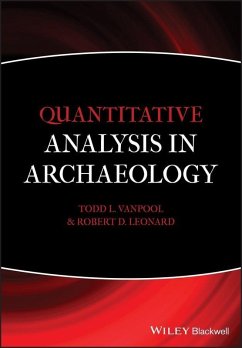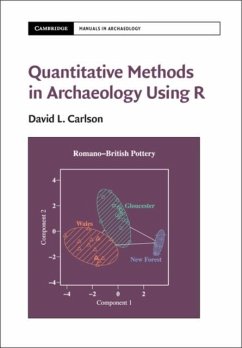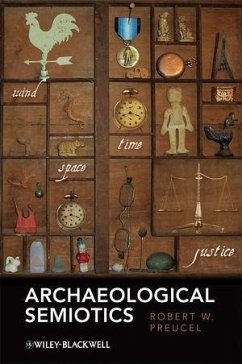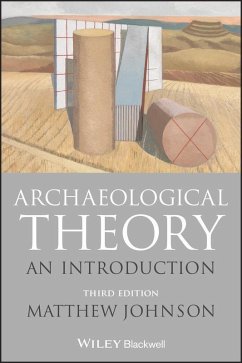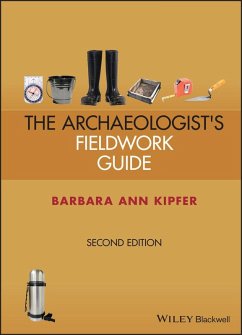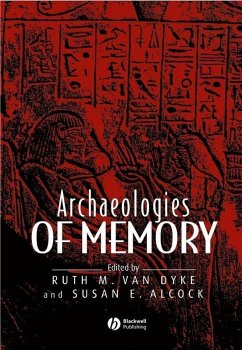
Quantitative Analysis in Archaeology (eBook, PDF)
Versandkostenfrei!
Sofort per Download lieferbar
43,99 €
inkl. MwSt.
Weitere Ausgaben:

PAYBACK Punkte
0 °P sammeln!
Quantitative Analysis in Archaeology introduces the application of quantitative methods in archaeology. It outlines conceptual and statistical principles, illustrates their application, and provides problem sets for practice. * Discusses both methodological frameworks and quantitative methods of archaeological analysis * Presents statistical material in a clear and straightforward manner ideal for students and professionals in the field * Includes illustrative problem sets and practice exercises in each chapter that reinforce practical application of quantitative analysis
Dieser Download kann aus rechtlichen Gründen nur mit Rechnungsadresse in D ausgeliefert werden.



